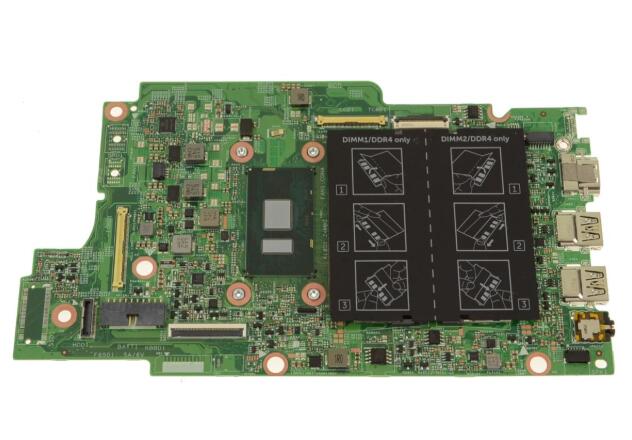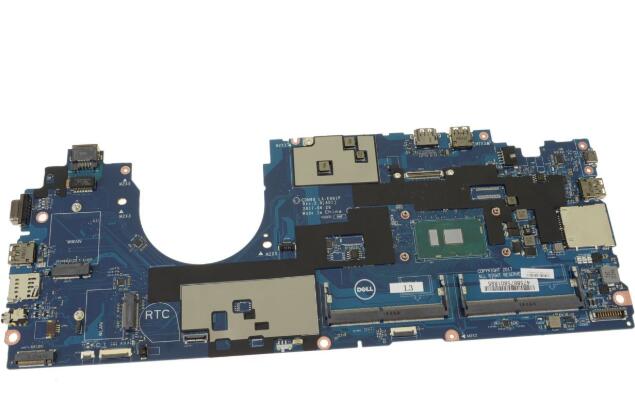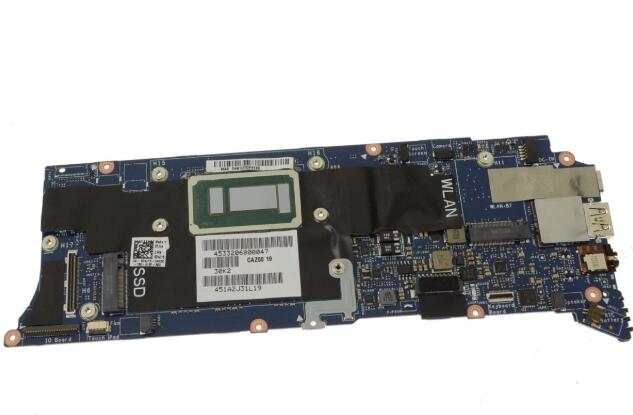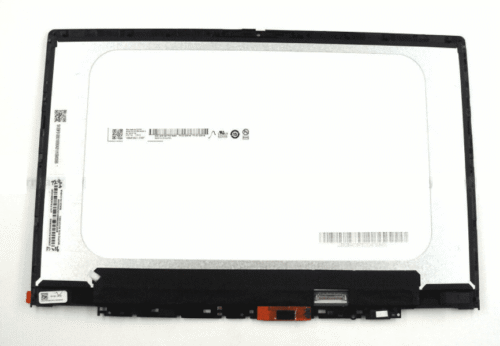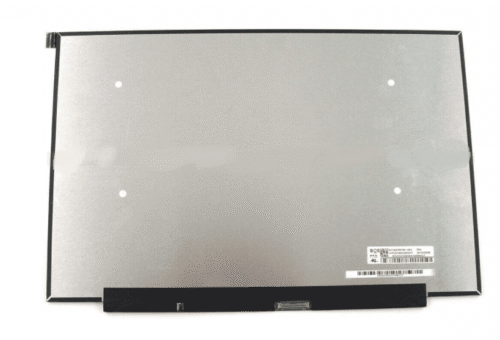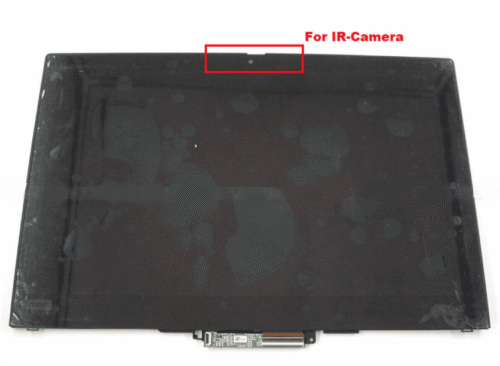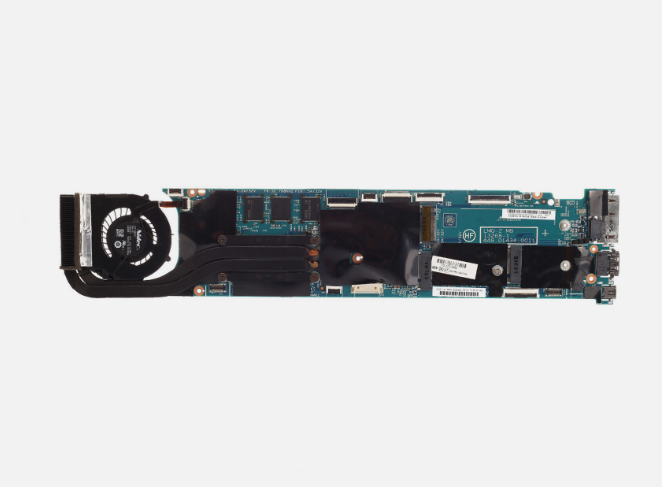
Can you explain the role of the chipset on a motherboard?
The chipset is a crucial component on a motherboard that serves several important roles in managing data flow and communication between various hardware components. Here are the key functions and roles of the chipset:
- Interface Between CPU and Peripherals: The chipset acts as an interface between the CPU (Central Processing Unit) and other peripherals connected to the motherboard, including RAM (Random Access Memory), expansion cards, storage devices, USB ports, and networking interfaces. It manages data transfer and communication between these components, optimizing performance and ensuring efficient operation of the system.
- Memory Management: The chipset includes a memory controller that manages data flow between the CPU and RAM modules. It coordinates read and write operations to and from RAM, ensuring that data is transferred quickly and efficiently between the CPU and memory subsystem.
- Peripheral Connectivity: The chipset provides interfaces and controllers for various peripheral devices, including SATA (Serial ATA) ports for connecting hard drives and solid-state drives, USB (Universal Serial Bus) controllers for connecting external devices, PCIe (Peripheral Component Interconnect Express) lanes for expansion cards such as graphics cards and network adapters, and audio and networking controllers.
- Bus Arbitration and Control: The chipset coordinates access to the system bus and manages bus arbitration, ensuring that multiple devices can access the system bus without conflicts. It also controls data transfer rates and ensures compatibility between different devices connected to the motherboard.
- Power Management: The chipset includes power management features that regulate power consumption and optimize energy efficiency of the motherboard and connected components. It controls power delivery to various subsystems and peripherals, allowing the system to enter low-power states when idle or inactive.
- BIOS Interface: The chipset provides an interface between the CPU and the BIOS (Basic Input/Output System), which contains firmware that initializes hardware components and boots the operating system. It facilitates communication between the CPU and BIOS during the boot process, allowing the CPU to access system configuration data stored in the BIOS.
- Overclocking and System Monitoring: Some chipsets include features for overclocking and system monitoring, allowing users to adjust CPU and memory frequencies, voltages, and other parameters for enhanced performance. They also provide monitoring capabilities for temperature, voltage, and fan speed, allowing users to monitor system health and stability.
Overall, the chipset plays a critical role in managing data flow, coordinating communication between hardware components, and optimizing system performance and efficiency on a motherboard. It acts as the central hub that enables seamless operation and interaction between the CPU, memory, peripherals, and other components of the computer system.

